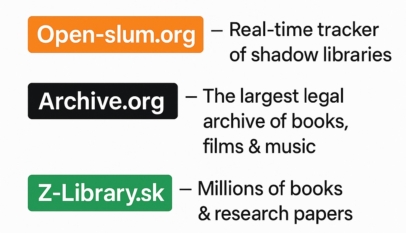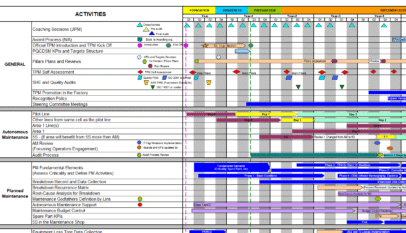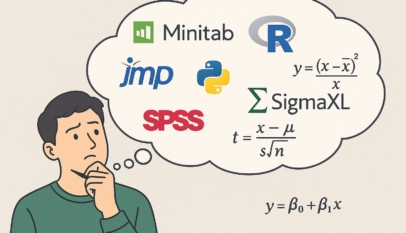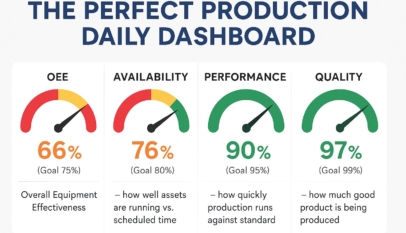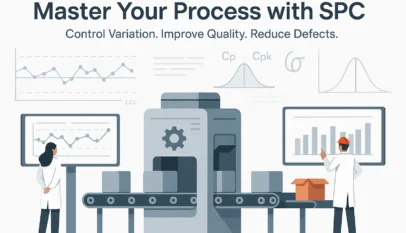Introduction
In today’s fast-paced business world, the need for efficient and streamlined processes is more important than ever. One approach that has proven to be effective in addressing process inconsistencies is the DMASC methodology. DMASC, a simplified version of the DMAIC change roadmap, focuses on standardizing processes rather than making substantial changes. This approach is particularly relevant in service industries, including healthcare. This article will explore the DMASC methodology, its benefits, and how to implement it successfully in your organization.
What is DMASC?
DMASC (Define, Measure, Analyze, Standardize, Control) is a process improvement methodology that aims to standardize processes rather than introduce significant changes. This approach is ideal when the issue lies in the lack of consistency among staff members rather than a deficiency in the process itself. By following the DMASC roadmap, organizations can define the standard process, ensure everyone adheres to it, and hold staff accountable.
The DMASC Roadmap:
- Define: Review customer requirements and clarify the purpose of the process.
- Measure: Assess the current process performance but without extensive data collection.
- Analyze: Identify process inconsistencies and areas for standardization.
- Standardize: Establish a standard process that everyone should follow.
- Control: Implement measures to ensure ongoing compliance and process monitoring.
The Benefits of DMASC:
- Improved consistency: By standardizing processes, organizations can ensure that all employees follow the same procedures, resulting in greater consistency and efficiency.
- Enhanced customer satisfaction: A standardized process helps organizations deliver a more consistent product or service, increasing customer satisfaction.
- Reduced errors: With a clearly defined process, employees are less likely to make mistakes, reducing the need for rework or corrections.
- Easier employee onboarding: Standardized processes simplify training new employees, as there is a straightforward procedure to follow.
- Streamlined operations: By eliminating unnecessary variations, organizations can optimize their operations, reducing costs and increasing productivity.
Implementing DMASC in Your Organization:
- Preparation: Before initiating a standardization project, gather relevant information and ensure all stakeholders are aligned with the project’s goals.
- Standardization event: Organize a dedicated event or series of meetings to define the standard process, using input from all team members.
- Education and implementation: Once the standard process has been defined, educate all employees and implement the new process across the organization.
- Accountability and control: Establish control measures and hold staff accountable for adhering to the standardized process.
Conclusion:
The DMASC methodology is effective for organizations seeking to standardize processes and improve consistency across their operations. By following the DMASC roadmap and implementing the necessary steps, organizations can enjoy increased efficiency, reduced errors, and a more streamlined operation. Don’t miss the opportunity to harness the power of DMASC and drive your business toward greater success.



